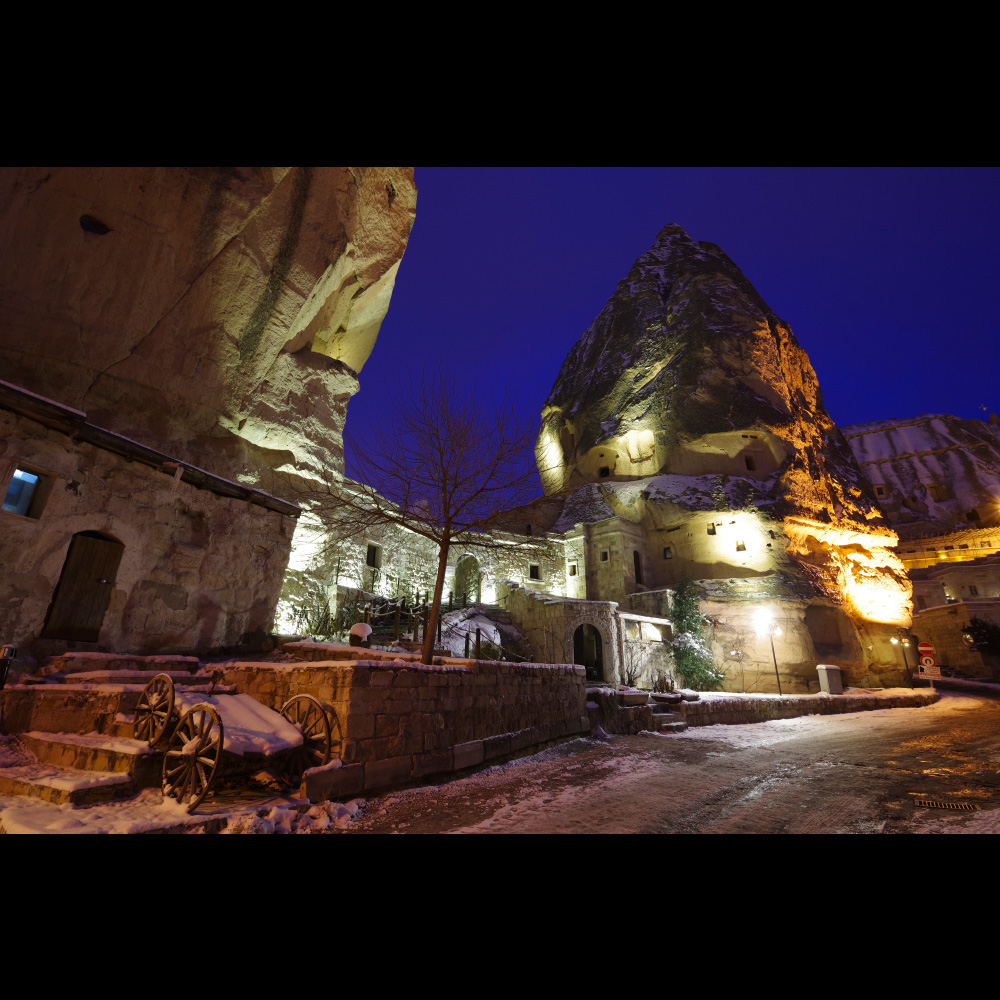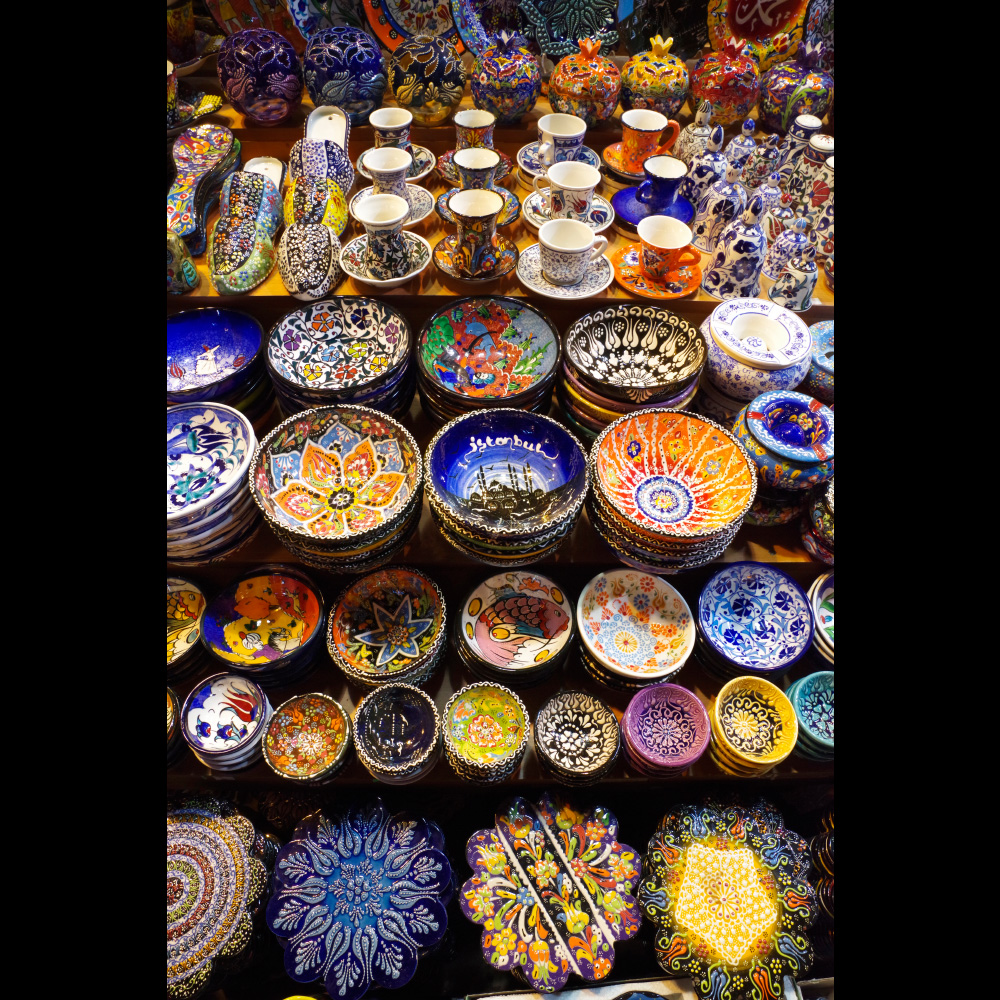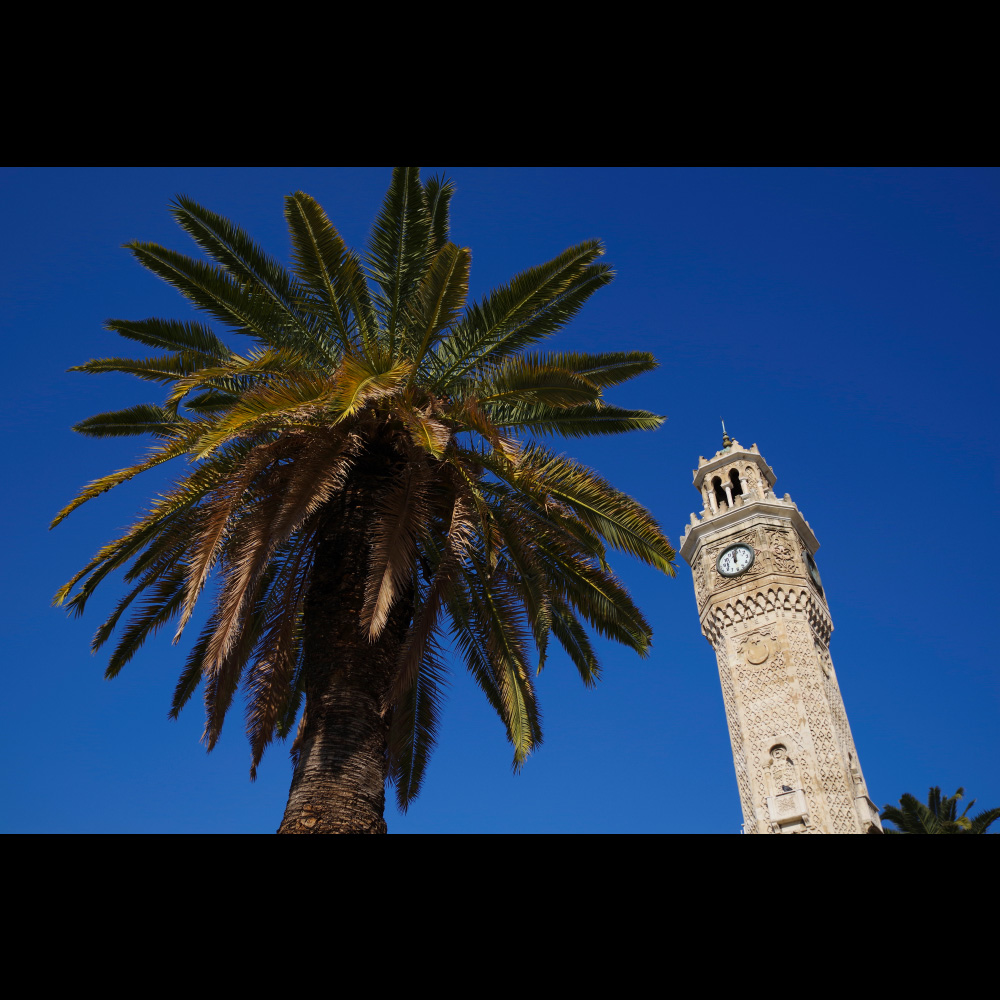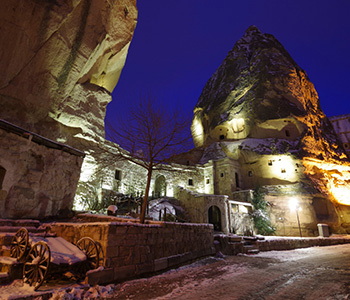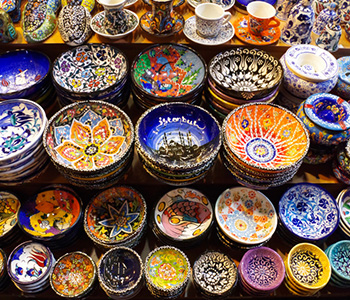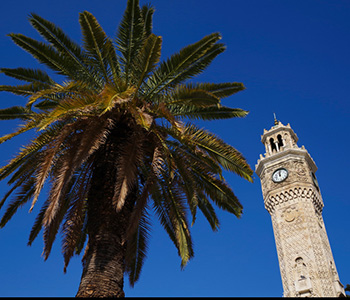

Turkey is a land of mystery, where the East meets the West. It was a country I had been looking forward to visit for a long time. I finally made it there, with the PENTAX K-1. Even before the trip started, I was fascinated with the camera’s compact body, which was so small for a full-frame camera. Along with three zoom lenses, it fit perfectly in my favorite thinkTANKphoto waist bag. Thanks to this compact setup, I could make easy transfers at airports and train stations.
I started my photo tour on the beach in Izmir. Since I regularly used the PENTAX K-3 and the PENTAX 645Z, I had no trouble with the new camera’s dial operation and menu settings. During the shooting, I was rather surprised by the advances, such as faster continuous shooting speed in the Auto Bracketing mode, higher autofocusing accuracy in the dark, and better shake reduction effect of the in-body SR mechanism. I was also delighted with the newly added Lock button (Type 2) function, because I had previously made some regrettable mistakes caused by accidental setting changes resulting from unintentional contact with the camera’s four-way controller.
Just like the PENTAX 645Z, I marveled at the PENTAX K-1’s durability. It withstood a heavy rain in Ephesus and a snowstorm in Cappadocia, although it was thoroughly drenched with water. Even under these harsh shooting conditions, it operated superbly with no hint of trouble. It wasn’t me, but the Turkish people I met on the road who were concerned about the camera’s condition. “Is your camera alright?” they would ask.
The most impressive feature of the PENTAX K-1, however, is the high-quality images produced by the approximately 36.4 effective megapixels of its full-frame CMOS image sensor. Whether a pure-white snowy landscape, a meticulously drawn mural in a mosque, or a nighttime townscape in Istanbul, it delivered finely detailed, true-to-life pictures, regardless of the subject. It made me realize again that the larger image sensor added a distinctive sense of depth to my image.
Because the PENTAX K-1 provides me with such marvelous image quality, it makes it rather difficult for me to decide when to use the PENTAX 645Z in the future. I will probably use the PENTAX K-1 for capturing numerous images in handheld shooting, and opt for the PENTAX 645Z when I want to take my time over each picture in tripod photography. Whichever my choice may be, it will be a luxury I’m willing to deal with anytime.
Born in 1967 in Nagano Prefecture, Kazutoshi Yoshimura started working for a printing company in Tokyo after his high school graduation. After he left that company, he spent one year in Canada, where he made a debut as a photographer. After moving his base to Tokyo, he was engaged in many photographic projects, while traveling to many countries around the world and visiting many regions in Japan. He is well noted for his poetic expression of scenery, capturing the subject in an artistic composition and subtly adding a hint of light, shadow and wind to the image. He has also been acclaimed for his portraits, which convey the liveliness and emotions of local people. His major photographic works include BLUE MOMENT, Sense of Japan, CEMENT, and Italia no Mottomo Utsukushii Mura: Zentoha no Tabi (a complete journey through Italy’s most beautiful villages).

